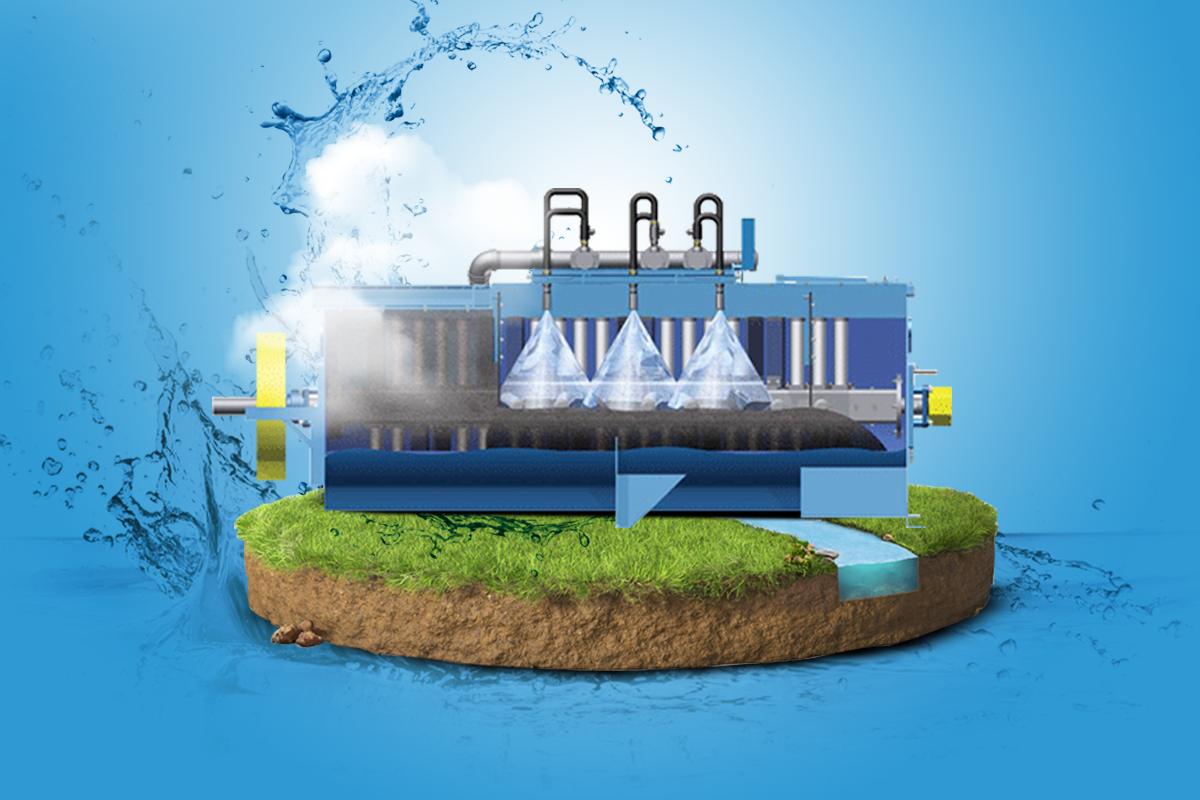
Factors determining the type of desalination technology
There are many types of techniques used in water desalination. To determine the appropriate type, we need to know about the factors affecting each technology.
A brief history of water desalination technology
Desalination technology has been known for a long time. As there was a constant need for freshwater for ships sailing in the seas and oceans. Which spend a long time away from freshwater sources. Instead of carrying water on the surface of ships, the man tried to be desalinated from the seas by evaporation and condensation (the distillation process of seawater). By taking advantage of the exhaust heat coming out from the engines of ships or their kitchens. Seawater desalination technology was used during the nineteenth century with little success because of the high cost to produce fresh water.
The man developed desalination techniques during World War II. When large groups of soldiers needed fresh water. Then the world war followed a succession of development and support for desalination research until it developed into what it is now. Thermal units were developed in the 1960s, and membranes began to be used in the 1970s.
In the eighties, desalination techniques became commercial and economically suitable for many applications.
Technologies used in water desalination
The techniques used in desalination are generally divided into:
Thermal methods (distillation) such as
- MSF (Flash Stage Multi)
- ME / MED (Desalination Effect Multi
- Vapor Pressure (VC) Compression Vapor
Technologies based on the use of membranes such as
- Reverse Osmosis (RO)
- Electrodialysis Reverse (ED/EDR)
Other methods such as
- The ion-exchange method
- Membrane Distillation
- Freezing method
- Solar Distillation
These methods are also divided into methods of separating freshwater (from the saline solution), or methods of separating salt and leaving fresh water.
Factors used for each type of desalination technology
Each type of desalination technology, which has already been mentioned, is used depending on several factors including the economic costs of the price of the water produced.
The uses of desalination technologies also differ according to the production capacity of the unit.
As well as the nature and salinity of the feed water (brine water) for the unit, as well as the nature and quality of the water. For example, to treat light saline water (up to 500 ppm), we can use Ion Exchange technology. If water has more saline water such as well water with less salinity (500 parts per million to 2000 parts per million). We can use one of the two methods of reverse osmosis or electrodialysis. For well water with high salinity (salinity up to 10,000 ppm), it is preferable to use reverse osmosis technology. But for more saline water such as sea and ocean water (up to 45000 ppm) and for large units (up to 50000 m3/day), it prefers to use thermal methods such as multi-stage flash evaporation, multi-effect evaporation, and vapor pressure.
The other needs to desalination technology
In all of these ways, the desalination unit needs the energy to manage it. The source of this energy is usually petroleum fuels (hydrocarbon fuels such as coal, oil, and natural gas).
We can use this fuel to produce steam for the management of heat-powered technologies (flash or multi-effect evaporation technologies), or to generate electricity for the management of electric-powered technologies (reverse osmosis, vapor compression, and electrodialysis technologies).
As for other energies, such as solar desalination. They have not yet reached the level of competition in the production price.
However, due to the conditions of improving the environment, as well as in remote areas far from the electricity grid and the petroleum-fuelled grid. solar or wind energy may be the only and best alternative.
On the other hand, we can use nuclear energy (after converting it into thermal or electrical energy) to manage desalination units, just like petroleum energy.
The desalination plant also needs pumps to manage the feed water, the produced water, and the return water. These pumps need electrical or mechanical energy to manage them.
You can learn more about the design and construction of desalination units from this article.
























